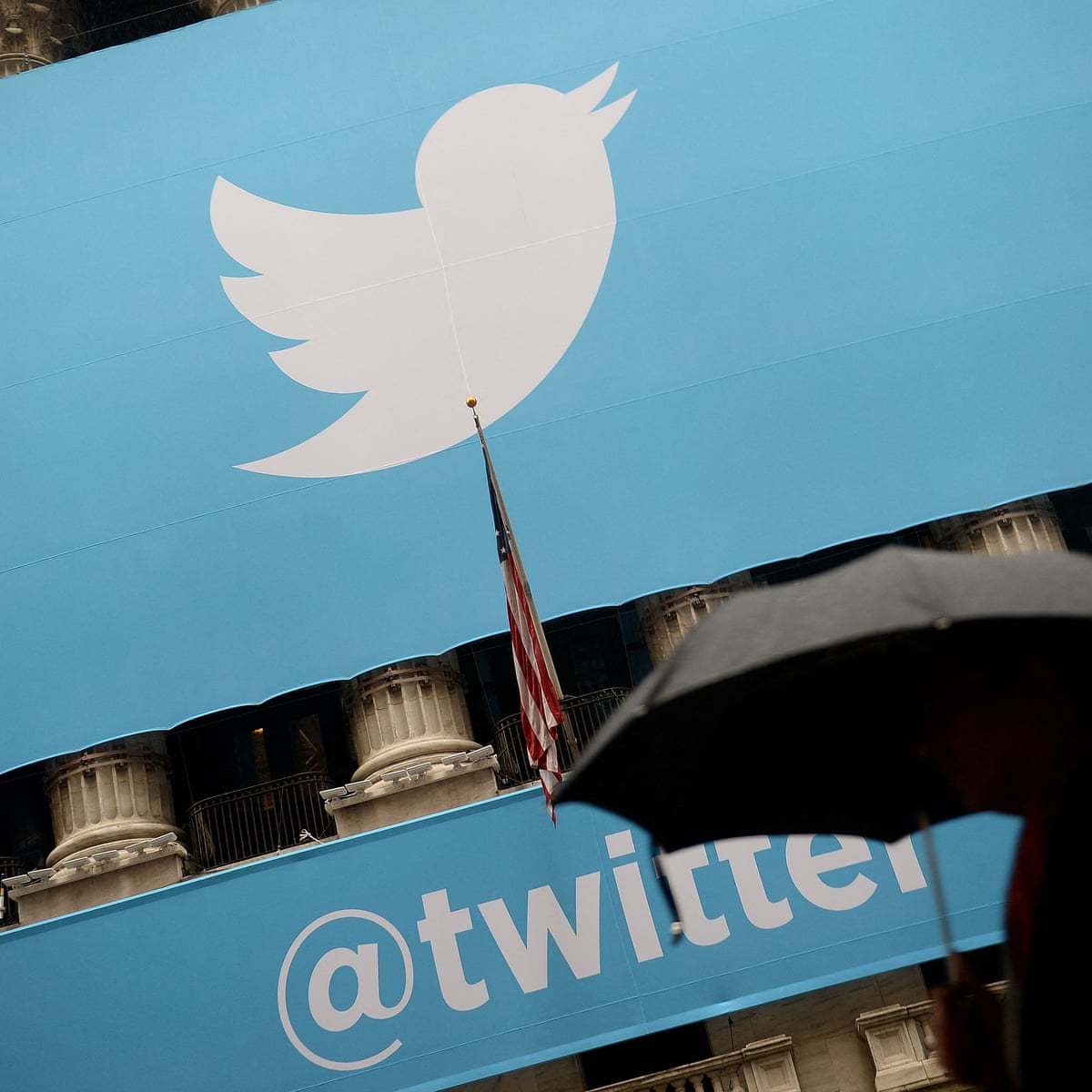Twitter Struggles with Declining Ad Revenue, As Elon Musk Notes Negative Cash Flow 2023

Twitter Struggles with Declining Ad Revenue, As Elon Musk Notes Negative Cash Flow 2023
This is the most recent indication that Musk’s acquisition of Twitter in October and subsequent dramatic cost-cutting initiatives are insufficient to turn Twitter’s cash flow positive.
Elon Musk stated on Saturday that Twitter’s cash flow is still negative due to a roughly 50% decline in advertising income and a high debt burden, falling short of his prediction from March that Twitter might become cash flow positive by June.
Musk responded to demands for recapitalization in a tweet by saying, “Need to reach positive cash flow before we have the luxury of anything else.”

This is the most recent indication that the drastic cost-cutting measures implemented since Musk acquired Twitter in October alone cannot turn the company’s cash flow positive. It also suggests that Twitter’s ad revenue may have recovered slower than Musk indicated in an interview with the BBC in April when he claimed that most advertisers had returned to the site.
Musk said that the company’s non-debt spending was down to $1.5 billion from a predicted $4.5 billion in 2023 after thousands of employees were let off and cloud service costs were slashed. In addition, Twitter must pay interest on the $1.5 billion debt it acquired in the $44 billion deal that took the business private every year.
By the 50% decline in ad income, Musk may have been alluding to a specific period. As opposed to $5.1 billion in 2021, he claimed Twitter was on track to generate $3 billion in revenue in 2023.
Due to complaints about Twitter’s inadequate content management, several sponsors left because they wanted their advertising to show only proper content.

Yaccarino began working for Twitter at the beginning of June and informed investors that the company aims to concentrate on video, creative, and commerce relationships and is now in preliminary discussions with politicians, celebrities, payment providers, and news and media publishers.
To entice more content producers to the site, Twitter said on Thursday that some of them would be qualified to get a portion of the firm’s ad money.
Linda Yaccarino, a former head of advertising at Comcast’s NBCUniversal, was appointed CEO by Elon Musk, indicating that Twitter prioritizes ad sales even as it strives to boost subscription income.
In a recent development, Twitter’s struggles have been magnified as its advertising revenue plummeted by 50%. This revelation was made public by the serial entrepreneur and tech titan Elon Musk, who noted that the company’s cash flow remained negative despite several attempts to renew it.

Musk, known for his blunt and candid opinions on various topics, took to his Twitter account to share the news. Musk’s criticisms of the social media platform’s operations and management were pointed and precise. However, it should be noted that Musk has been a long-time critic of traditional advertising and has even refrained from conventional advertising for his companies, such as SpaceX and Tesla, focusing more on public relations and his Twitter account.
The alarming 50% drop in Twitter’s advertising revenue indicates serious issues the platform deals with. Twitter has been a global platform for real-time information, serving as a significant source of breaking news. The decline in ad revenue highlights potential challenges the social media giant faces in keeping its platform attractive for advertisers, its primary income source.
As Musk pointed out, negative cash flow is another problematic aspect of Twitter’s current financial standing. Cash flow is a crucial indicator of a company’s financial health. It measures the money coming in and going out of a company, with a negative cash flow indicating that a company is spending more than it is earning. This is typically unsustainable and could signal severe financial problems if not addressed promptly.
Twitter’s decline in ad revenue points to broader challenges in the advertising industry, particularly in the era of ad blockers and increased privacy concerns. People have become more sensitive about how their data is used for targeted advertising, leading to stricter regulations and tools to limit ad tracking. The increased use of ad blockers means that users do not see many ads on Twitter and other platforms, leading to reduced effectiveness and revenue.
Twitter’s attempts to diversify its revenue streams, such as testing a subscription service and tipping feature, may be part of its strategy to address these issues. But the success of these initiatives remains to be determined.

Musk’s critique is particularly notable given his influence and the number of followers he has on Twitter. With over 70 million followers, Musk’s comments reach a broad audience and can sway public opinion, either in favour of or against Twitter’s current strategies. His critique also provides an opportunity for discussions about the sustainability of ad-based revenue models for social media platforms and the need for innovative solutions to maintain profitability.
While Musk did not offer any solutions, his tweet has undeniably cast the spotlight on Twitter’s ongoing struggles and stimulated conversations about the company’s future.

Twitter’s future now hinges on its ability to address these significant challenges, maintain its user base, and find new ways to generate revenue. The spotlight on Twitter’s troubles by Musk’s tweet underscores the need for urgent action. Whether through innovative ad models, diversified income streams, or new strategies for user engagement, Twitter needs to redefine its business strategy for the next era of social media.
As always, the tech industry will watch closely as Twitter navigates these choppy waters. Amidst the critics and spectators, it will be interesting to see how Twitter faces this challenge and what steps it takes to regain its lost ground.




